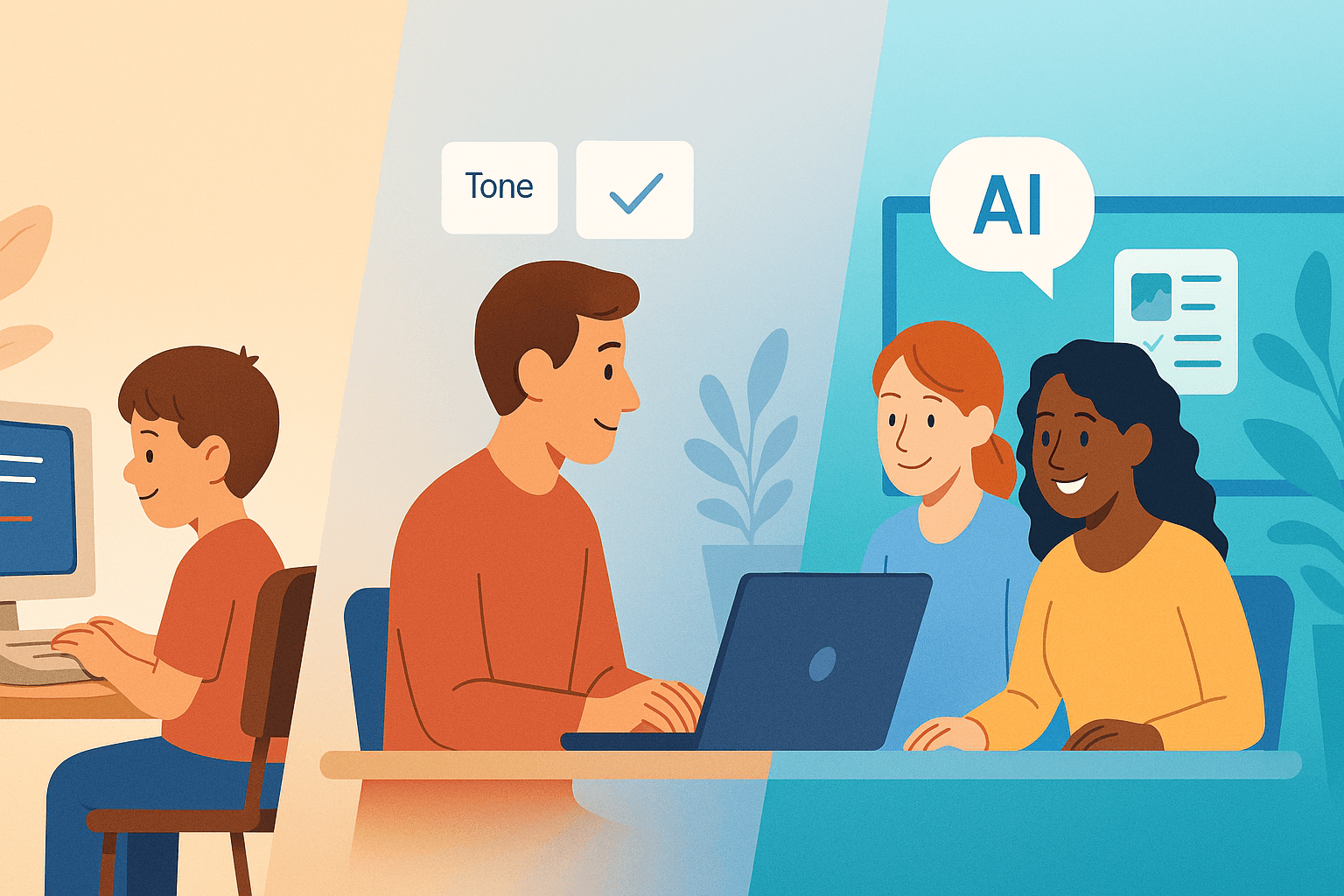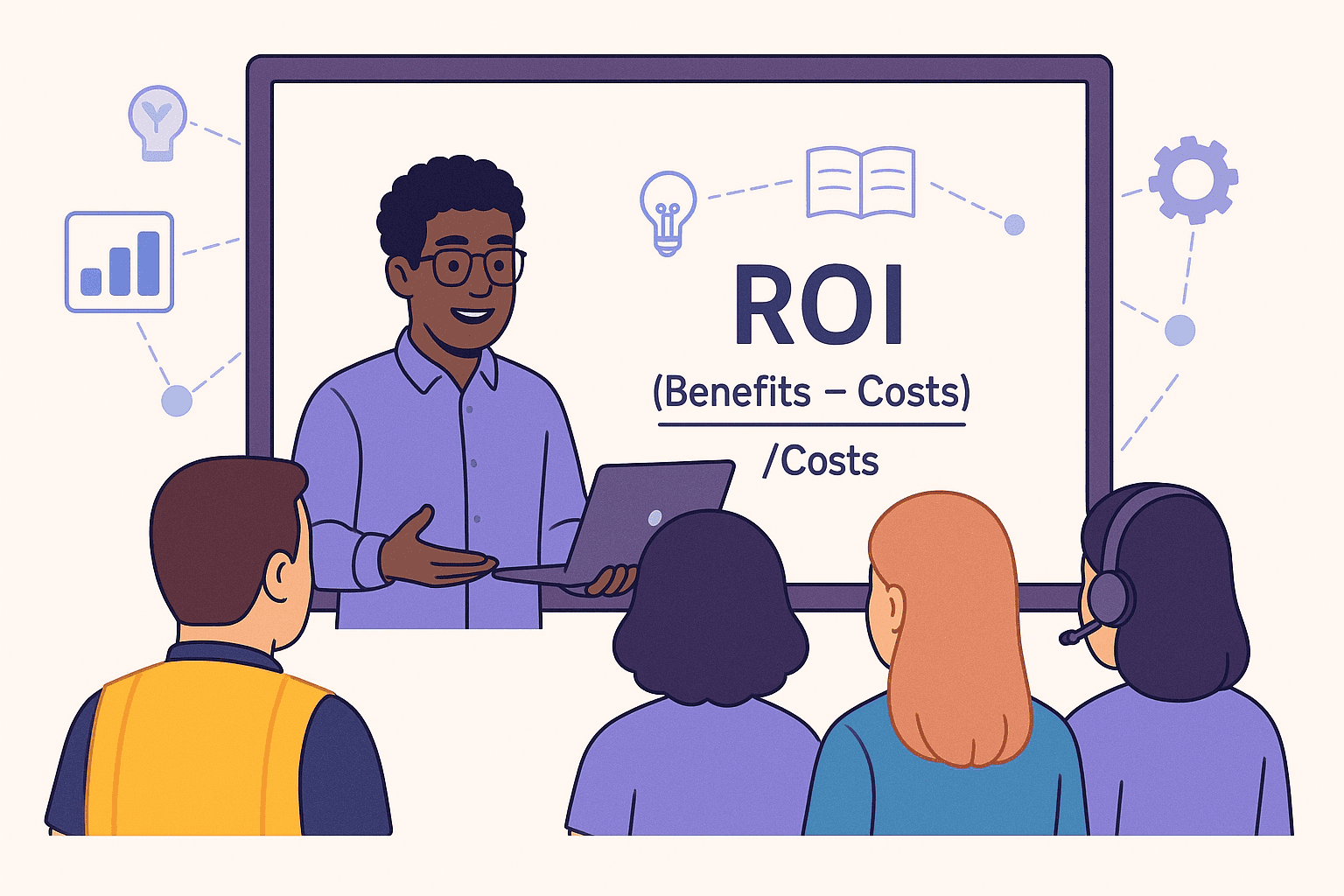3 min
Apr 30, 2024
We’re excited to announce our AI in Learning newsletter! In light of recent developments at Mindsmith as well as, like, the inestimable phase shift that was 2022 machine learning, we want to contribute a meaningful ground-floor perspective on the subject of AI.
Coleman Numbers

Hey all!
We’re excited to announce our AI in Learning newsletter! In light of recent developments at Mindsmith as well as, like, the inestimable phase shift that was 2022 machine learning, we want to contribute a meaningful ground-floor perspective on the subject of AI.
The purpose of the newsletter is to deliver reliable and engaging information about the maturation of artificial intelligence, machine learning, and related technologies in the learning space. We also want to highlight our firsthand successes—and instructive missteps—in implementing AI.
The Format
It can be challenging to keep up with the latest changes in this, the wildest of all digital Wild Wests. Some entries in the newsletter, like this one, will curate and aggregate examples of AI's impact on learning, making it easier for you to keep abreast of new advancements.
Others will be think-pieces by prominent researchers, developers, entrepreneurs, and subject-matter experts in both the AI and edtech spaces, focusing on unique perspectives that can enrich your thinking.
We’ll devote the occasional article to highlighting issues and experiences peculiar to our team; we hope that these brief, thoughtful reflections will be useful as you run your own AI experiments, whatever these may be.
We'll be publishing every Friday. If anything above sounds useful or compelling, you can join us on this journey from day one by subscribing to the newsletter. Whether you're a teacher, administrator, or researcher, we’re confident you'll find value in the AI and learning explorations we share.
To that end, we’re kicking off this newsletter by highlighting five recent use cases of AI in edtech or edtech-relevant contexts.
Use Cases
domo -- Domo’s primarily an AI analytics tool for businesses, but its suite of features can be used to, among other things, identify at-risk students and track the success of intervention programs.
ThinksterMath -- Thinkster Math drills down into personalized learning by using AI to track test time, accuracy, and other metrics—a human tutor then reviews these data to determine how best to meet the needs of individual students.
clarifai -- Looking for a better way to organize and keep track of the assets used in designing courses? clarifai provides an automated, pre-trained content tagger that will identify images, videos, audio, etc. with similar characteristics; quality check human-labelled assets; and integrate into existing management platforms.
Microsoft Presentation Translator -- Microsoft plugin creates subtitles for live presentations in real time, enabling speakers of multiple languages to participate seamlessly in the same meeting, class, or lecture. Native speakers can join discussions even when they’re not comfortable with the host language. The application’s also useful for enhancing classroom accessibility.
Salas x DALL-E 2 -- Not a product (yet), but a fun experiment. Instructional designer and podcaster Alexander Salas shows off an AI-generated faux painting of B.F. Skinner and ruminates on the potential for custom-made graphics in ID. What a time to be alive.
Of course, we’d be remiss if we didn’t point out our favorite AI use case: mindsmith.ai. Whether you want to catch the class up on important material after term break or emphasize important workflow principles for your next project, our machine-assisted lesson builder has the flexibility, mobility, and depth you need to provide quality training.



